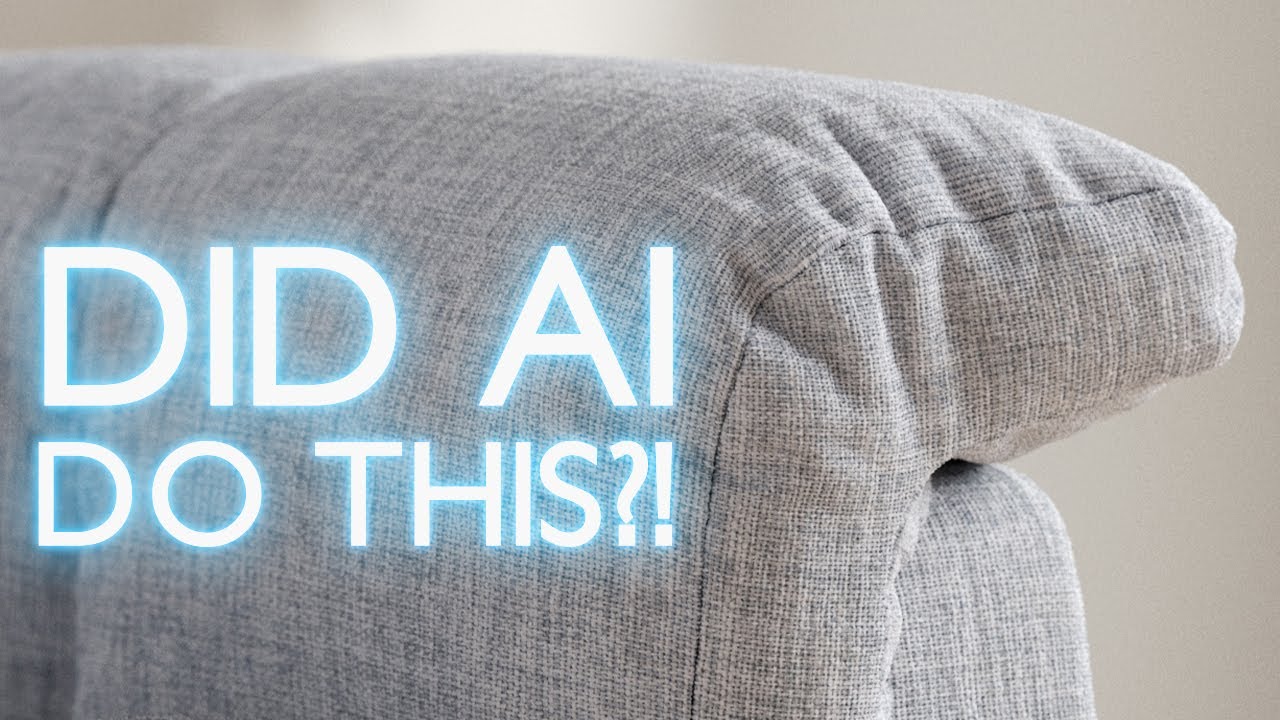
Discover how to create better-looking fabrics using 3ds Max and Corona Renderer with this new method by 3D artist Vjeko Kiraly from RenderRam.
As a summary.
The techniques exposed in this video are perfect for product renders that demand high-quality materials for close-up shots.
Understanding the Basics
When rendering fabrics, common issues include harsh, concrete-like appearances due to unrealistic shadows and textures. To achieve a more natural look, it’s essential to make the fabric appear soft and airy, allowing light to pass through subtly.
From Basic to Enhanced Fabric
A typical fabric material might have harsh shadows and pronounced stitches. By enhancing the material, we can soften these shadows and create more organic stitches.
- Starting Point: Use a basic fabric texture and bump map (Texture Supply fabric 003) applied to a new Legacy material.
- Adjust the Bump: Set the bump intensity to around 0.5 to avoid overly harsh details.
Subsurface Scattering (SSS)
To achieve a realistic fabric, incorporate subsurface scattering:
- Settings: Switch the material mode to SSS, set the amount to 1, and the radius to 3mm.
- Effect: SSS softens shadows, making the fabric look more realistic and less concrete-like.
- Render Time: Minimal impact on render times, increasing only slightly (e.g., from 10 to 12 minutes).
Maintaining Bump Detail with Displacement
SSS can reduce bump map visibility. To counter this:
- Use Displacement: Apply Corona displacement to maintain detailed bumps.
- Quality Settings: Set displacement subdivision quality to World for consistent detail, but monitor RAM usage as it can be demanding.
Final Adjustments
- SSS Tuning: Adjust the SSS radius to enhance the fabric’s airy quality.
- Monitor Performance: Regularly check render times and system performance when using complex materials.
Check out more of Vjeko’s tutorials here!
